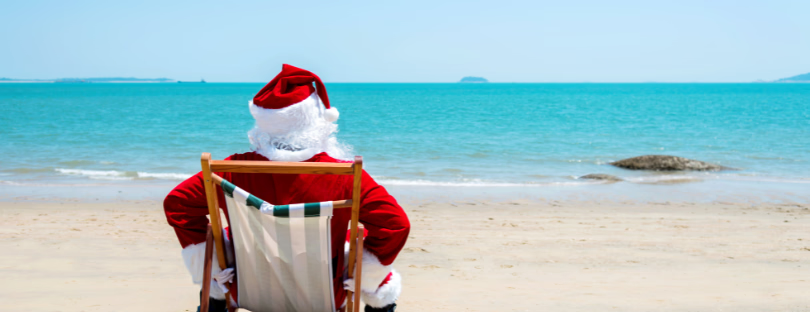
Travelers’ Online Safety: A Call for Action
Travel metasearch website WayAway recently conducted an eye-opening survey showing the extent of online harassment faced by travellers, including unwanted sexually explicit images. Travelers Online Safety
It comes as the UN’s International Day for the Elimination of Violence Against Women was celebrated at the weekend.
The findings expose the need for targeted actions now from social media companies, law enforcement, tourism destination marketing bodies, and travel stakeholders.
The survey reveals that 36% of travellers who are active social media users have encountered some form of online harassment while exploring new destinations.
Online Harassment Targets Female Travelers Travelers Online Safety
Alarmingly, it seems to disproportionately affect women, with 51% reporting online harassment.
An overwhelming 70% of women who reported harassment of some kind received unsolicited, sexually explicit photos.
The survey showed that many travellers faced persistent attempts from strangers to meet up, or received sexually explicit messages.
Over half of respondents who reported abuse said the experience had a negative impact on their travel experiences.
Men More Affected by Online Travel Harassment
While women face harassment more frequently, men who were harassed reported feeling more deeply affected.
Of those reporting an incident, 21% of men said it completely ruined their travel experience, compared to 11% of women.
Over half had concerns that online harassment could escalate to offline stalking or physical harm.
An equally valid concern, shared by 50%, is the vulnerability of being in a foreign country and the potential unresponsiveness of local law enforcement.
Travellers experiencing situations like these resort to different methods.
Nearly half adjust their phone’s location settings, 27% file a complaint with social media platforms or app developers, and 18% update their marital status on social platforms. Only 15% report incidents to local authorities.
Daisy Dyke, a digital nomad and blogger, gave insights on transcending cyber harassment while journeying the world in her piece for the WayAway blog. Daisy wrote: “Online harassment though is a whole new ball game I’ve had to deal with a lot since growing on social media this year. My travel account has grown from 6K in January to nearly 70K now. This has lead to a lot of incredible opportunities but also a whole new level of hate, harassment & abuse which, maybe naively, I was not prepared for:
“Bruh, she’s had a continental train ran through her,”
“Bet is whistles under a gust of wind,”
“I imagine a grand canyon now between your legs,”
“I can smell your ????????from here,”
“She looks like a 50yr old meth head,”
“Look at those wrinkles, she’s going to die alone,”
Also, the odd cheeky slide into my DM’s: “I’m going to smash you when you get here.”
Although I play it off a lot of the time, as I know they are just stupid men (& sometimes women) writing them, it does still instil some fear of, “what if these men find me in real life.” Especially when I am travelling the world solo, vulnerable and alone. This scares me. “
WayAway’s Director of PR, Janis Dzenis said: “Considering these startling statistics, we urge social media platforms to tighten their reporting systems and initiate prompt action against harassers. Law enforcement agencies are also encouraged to provide efficient assistance to tourists, regardless of nationality, gender, sexual orientation, or identity.”
WayAway suggests that travellers maintain stringent privacy settings and report all incidents of harassment. They should also share resources within the travel community and choose platforms committed to user safety.









